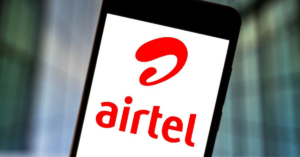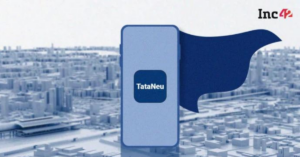
The number of startups building buy now, pay later (BNPL) services is long. Just this year we’ve seen French BNPL startup Alma raise a $130 million equity round, BillEase raise $11 million for BNPL in the Philippines, Lipa Later raise $12 million for the same effort in Kenya, and ThankUCash raise $5.3 million for fintech infra in Africa that appears to include BNPL services.
There were other funding events and product launches, but that’s enough of a sample for us to understand that private-market investors around the world are investing in the consumer checkout-and-credit capability, even after industry incumbents Affirm went public and Klarna has grown to massive scale with global reach. The $29 billion Block-Afterpay deal was also good for startup BNPL volume, we reckon.
Until some recent turbulence, there’s been good reason to consider BNPL startup investments sensible bets. After all, public-market investors had pushed Affirm’s stock to over $175 per share in late 2021 from an IPO price of $49 per share. And Klarna raised $639 million at a valuation of nearly $46 billion in mid-2021. With momentum like that, why not power up a host of BNPL services targeted at particular geographies around the world?
The Exchange explores startups, markets and money.
Read it every morning on TC+ or get The Exchange newsletter every Saturday.
All the warm and fuzzy of the above paragraph comes with a huge caveat, namely that the value of Affirm has eroded sharply in the public markets. After trading to just over $81 per share this week, an early tweet containing earnings data sent shares of Affirm sharply lower yesterday. The company’s full results and earnings call failed to stanch the bleeding. Exclusive of yesterday’s declines of more than 20%, shares of Affirm are off another roughly 15% today as of the time of writing, worth just $49.70 per share.
That’s peanuts more than the company’s IPO price. Sadly, we don’t have Q4 data from Klarna to dredge up in comparison; the company most recently shared its Q3 data. So we’ll have to try to unspool the change in the value of Affirm by itself. What we need to understand is why Affirm’s earnings were so deleterious to its value, and if other companies are at similar risk. More simply: Should the myriad well-funded BNPL startups see Affirm’s descent as a warning concerning their own efforts or something more company-specific to the U.S. fintech?
Affirm’s calendar Q4
Affirm’s corporate calendar is the same as Microsoft’s, it appears, with its calendar Q4 2021 being the second quarter of its fiscal 2022. This means that some of the language below will be slightly tortured as we discuss time periods. Not much we can do about it, frankly; the finance world isn’t really set up for us to enjoy smooth phrasing. Onward.
In its Q2 fiscal 2022, Affirm reported GMV of $4.5 billion (+115% YoY), revenues of $361.0 million (+77% YoY), revenues minus transaction costs of $183.6 million (+93% YoY), an operating loss of $196.2 million (+632% YoY), and an adjusted operating loss of $7.9 million, a few million worse than its $3.1 million adjusted operating loss from its Q2 fiscal 2021.
Helping drive the rapid GMV and revenue gains were Affirm’s new agreements with Amazon and Shopify.
There’s good and bad in there. GMV growth was strong, revenue growth solid, and revenue ex-transaction costs even better. Even more, Affirm crushed revenue expectations, which were $328.8 million for the quarter. So what went wrong?
Guidance, take-rate
For its Q3 fiscal 2022, or calendar Q1 2022 by our reckoning, Affirm anticipates $325 million to $335 million worth of revenues. Barrons has Wall Street expectations at $335.5 million for the current quarter, so the company’s guidance is a miss by that benchmark.
There were other data points that were less than investor-exciting. Observe the following chart, from Affirm’s set of investor materials:








![Read more about the article [Funding alert] CreatorStack raises $2M in seed round led by Accel](https://blog.digitalsevaa.com/wp-content/uploads/2021/08/Imagedt1g-1629178222400-300x150.jpg)


